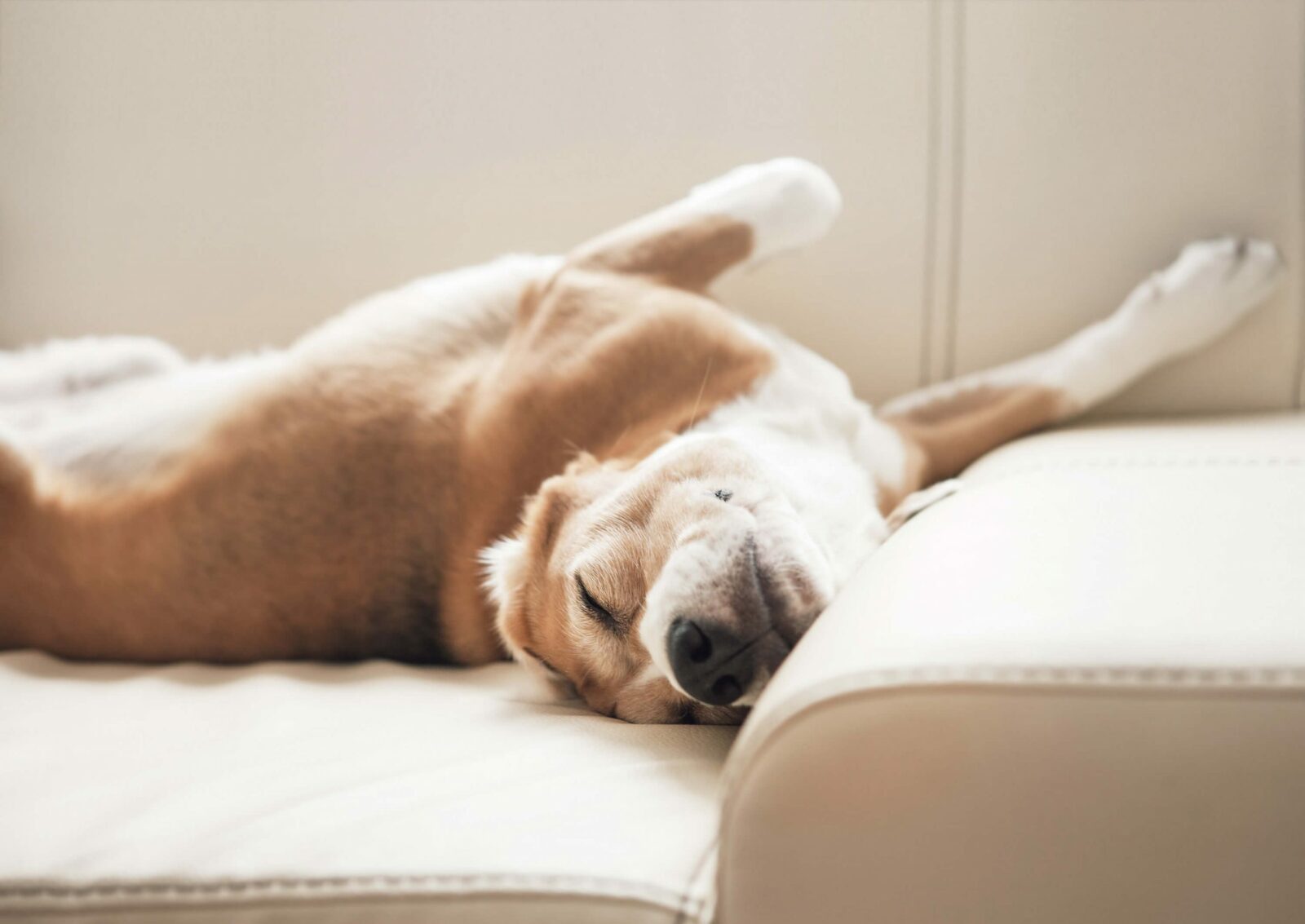Blog, General dog nutrition
Why your healthy dog isn’t eating and what you can do
Updated February 2024, by Kristina Johansen
Like humans, dogs can sometimes have days where they lose their appetite and don’t eat much. A day where they’re just off their food or being a bit picky. Once in a while, this is ok. But it can become a problem if it starts happening regularly because it means your dog won’t get the calories or nutrients they need.
So, what could be causing your dog to refuse their food, and how can you solve the problem?
- Your dog may have an underlying health condition you’re not aware of.
Healthy dogs eat well and do not need to be hand-fed or coaxed. If your dog suddenly loses their appetite, speak to your vet to make sure there isn’t an underlying health condition affecting your dog’s appetite. In most cases, your dog is probably just being picky. But it’s better to be safe than sorry and to rule out any medical issues with a vet visit. - Your dog has trained you well.
Dogs are pretty smart. They are masters at body language and know how to play you. Owners with picky eaters often make the mistake of offering something ‘new’ when the food in the bowl is not eaten. As a result, the dog learns that holding out will be rewarded with something more interesting. In this instance, a bit of ‘tough love’ may be necessary. Put the food bowl on the floor and offer the meal for 15 minutes, then take any uneaten food away. You should repeat the same process when it comes to the next feeding time. It’s important that you don’t offer any other foods or treats during this process. Most dogs quickly learn within a few days to eat their meals when offered, or they will have to go hungry and wait for the next meal. - The food is off.
Dogs have a very keen sense of smell, meaning that something that smells ok to you may have gone stale, and your dog can tell. Make sure to check the date on the food you’re feeding your dog before giving it to them and to store all of their food correctly. - Your dog doesn’t like the food.
Like humans, dogs can develop food preferences, which can change over time. So, if they suddenly begin rejecting food they previously liked, it may be because they no longer like that food. Dogs have far fewer taste buds than humans, so texture plays a crucial role in terms of palatability. If you are feeding a commercial food, try swapping the protein source or changing their food from kibble to wet. If you are feeding a home-prepared diet, try changing the texture of the food to provide variety. For example, if sweet potato mash is usually fed, try something crunchy, like a squared roasted potato. - Your dog might be stressed.
We’ve already discussed how dogs are smart. But they’re also emotionally intelligent and can be sensitive and in tune with what’s going on around them. Because of this emotional intelligence, it’s unsurprising that dogs can also become stressed and anxious. This stress and anxiety can be caused by a variety of things – loud noises like fireworks and a thunderstorm, a home move, loss, other dogs or humans coming into the house, etc. When a dog becomes stressed, anxious, or nervous, their ‘fight or flight’ mechanism can kick in, suppressing their appetite and putting them off their food. In these circumstances, the best thing to do is to provide your dog with a safe, quiet, relaxing environment in which to eat their meals. This should help reduce their stress levels and hopefully bring back their appetite. - You are feeding too many treats.
Being too generous and giving your dog too many treats or chews can kill their appetite, and when it comes to feeding time, they’ll turn their nose up at what’s offered. To ensure this doesn’t happen, limit the amounts of calories from treats you give your dog to a maximum of 10% of their daily calorie intake. For example, if your dog needs 500 calories daily, they should have no more than 50 calories from treats.

